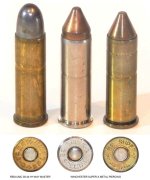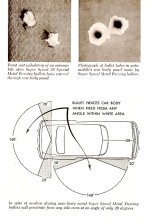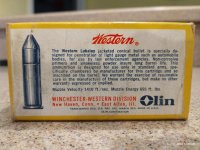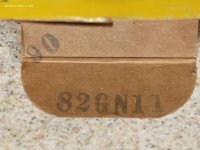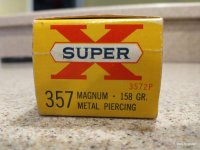Hello,
I’m a journalist with the Swedish newspaper Svenska Dagbladet (SvD), and I’m currently investigating an old murder case from 1986: the assassination of Sweden’s Prime Minister, Olof Palme.
He was shot with a .357 (9.07mm) Metal Piercing round, which was manufactured/loaded by Winchester & Western in the fall of 1979.
My focus is on one of the individuals suspected of the crime. A bullet connected to this individual was analyzed and compared to the one that killed the Prime Minister. Interestingly, the analysis revealed that the proportion of zinc and copper in the jacket was an exact match with the bullet that killed Olof Palme.
My question is: what conclusions can be drawn from this? Does anyone know if Winchester Metal Piercing .357 rounds had a unique zinc-copper alloy composition that was specific to this type of ammunition?
While this won’t solve the murder, it is an important piece of the puzzle in one of Sweden’s most significant criminal cases. I would be very grateful if anyone has insights on this or can point me toward an expert or former employee of Winchester & Western who worked on ammunition production in the 1980s.
Best regards from Stockholm,
Magnus
[email protected]
I’m a journalist with the Swedish newspaper Svenska Dagbladet (SvD), and I’m currently investigating an old murder case from 1986: the assassination of Sweden’s Prime Minister, Olof Palme.
He was shot with a .357 (9.07mm) Metal Piercing round, which was manufactured/loaded by Winchester & Western in the fall of 1979.
My focus is on one of the individuals suspected of the crime. A bullet connected to this individual was analyzed and compared to the one that killed the Prime Minister. Interestingly, the analysis revealed that the proportion of zinc and copper in the jacket was an exact match with the bullet that killed Olof Palme.
My question is: what conclusions can be drawn from this? Does anyone know if Winchester Metal Piercing .357 rounds had a unique zinc-copper alloy composition that was specific to this type of ammunition?
While this won’t solve the murder, it is an important piece of the puzzle in one of Sweden’s most significant criminal cases. I would be very grateful if anyone has insights on this or can point me toward an expert or former employee of Winchester & Western who worked on ammunition production in the 1980s.
Best regards from Stockholm,
Magnus
[email protected]


